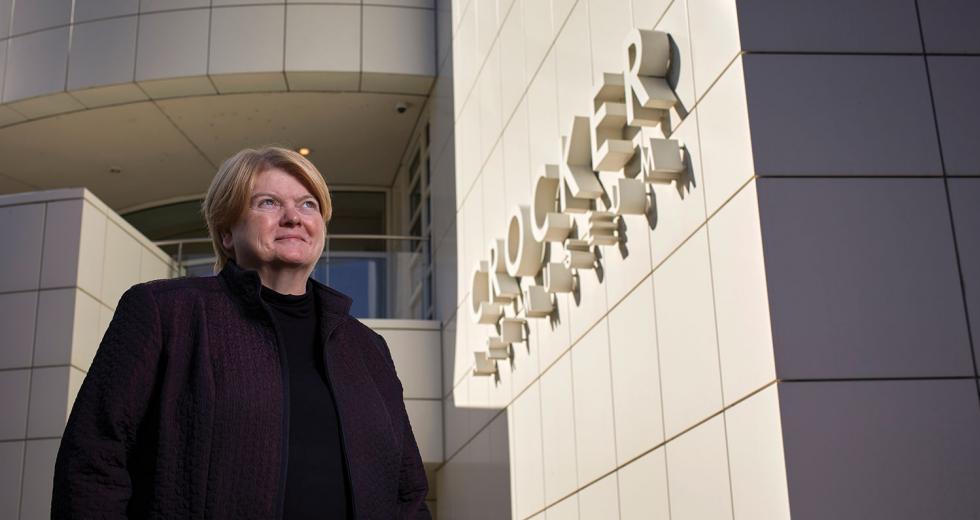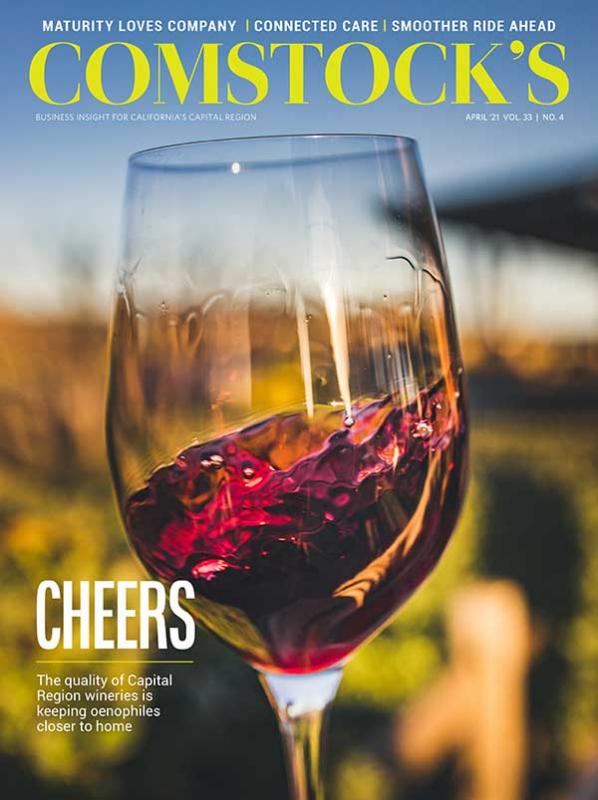From its official opening in 1885, the Crocker Art Museum (then known as the E.B. Crocker Gallery) has had a split personality. While the claim that it is “the first public art museum founded west of the Mississippi” isn’t inaccurate, it may be a bit misleading. Potential visitors might read that and, unless they are history buffs, delete it from their itineraries, believing that the paintings, sculptures and drawings at the Crocker are connected by cobwebs and must have been surgically removed from cave walls.
However, the Crocker has long been a lure not only for modern art, but also, as its collection evolved during the 20th century, contemporary art. The earliest works of modern art date from the 1860s — meaning that as Edwin B. Crocker and his wife, Margaret, began to fill their home and gallery in 1872, modern art was actively being created.
“There were literally thousands of acquisitions made by the Crockers themselves — actually, 2,482,” says Scott A. Shields, associate director and chief curator of the Crocker. “They were often purchasing work by contemporary artists, both abroad and then in California. They likely began their education in art and museum planning before their departure (in 1869 for a tour of Europe), which saw them starting to make their initial acquisitions.”
Shields offers this bit of background from the museum’s history booklet as a peek into the couple’s self-schooling: “Surviving from their library are key 19th-century reference works, including every volume of Art Journal between 1849 and 1871, as well as works by Gustav Friedrich Waagen, Anna Brownell Jameson, Luigi Lanzi, James Jackson Jarves, and John Ruskin. Volumes of line-engravings illustrating major European collections, some dating after the family’s return from Europe, continued their education.”
In 1885, Margaret Crocker donated the family home and gallery to
the City of Sacramento, and the E.B. Crocker Gallery opened to
the public. (Photo courtesy of the Crocker Art Museum)
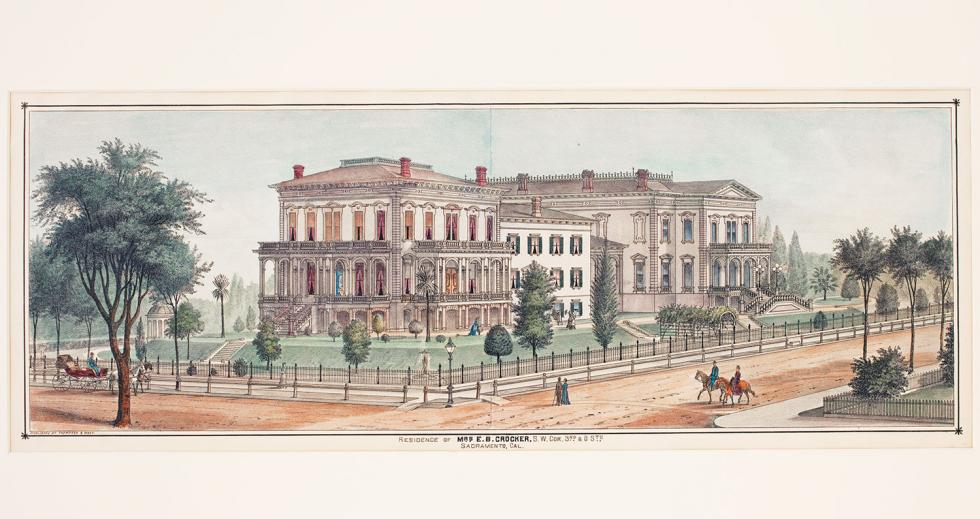
Today, the Crocker is a mix of genres, eras and art movements. In addition to hosting individual shows that highlight practitioners of various art forms, the museum maintains a permanent collection that pays homage to everything from the old masters to pop art and impressionism, among others. Its contemporary artists include Wayne Thiebaud — whose work was featured in a recent show that celebrated his career and 100th birthday — and Roland Petersen, as well as the late Richard Diebenkorn, Joan Brown and Mel Ramos. Amanda Austin (1859-1917), one of Sacramento’s earliest notable painters, is featured, as are California landscape master Norton Bush (1834-1894) and the abstract expressionist Elmer Bischoff (1916-1991).
Lial Jones, director and CEO of the museum, says the Crockers compiled their collection “from their love of art, not for profit and not to show off. They certainly didn’t need the money.” E.B. Crocker was already a successful attorney and had been a state Supreme Court justice (1863-64) when he was recruited by the Central Pacific Railroad to not only serve as its house counsel but, because of his civil engineering background and political skills, “to pretty much run the whole business,” says Jones. When illness prompted Crocker to retire in 1869, Jones says Central Pacific gave him $1.8 million in severance, the equivalent of more than $35 million today.
“There were literally thousands of acquisitions made by the Crockers themselves — actually, 2,482. They were often purchasing work by contemporary artists, both abroad and then in California.”
Scott A. Shields Associate director and chief curator, Crocker Art Museum
“The Crockers wanted their museum to be a gathering place for California’s many communities,” says Jones. “When it opened, people came from all over the state to see it but also from all around the country.” President Ulysses S. Grant and Irish writer Oscar Wilde were among those who visited, Jones says.
Among the myths that swirl about the Crocker Art Museum is that the facility began as an addition to the Crockers’ majestic home at Third and O streets, which was completed in 1872. Contributing to this myth is the fact that the museum entrance Sacramentans were most familiar with on O Street — until the building’s extensive renovation, completed 11 years ago, moved the entrance — looked like the massive front doors of a Victorian mansion, much like the front doors of the home on Third Street.
That renovation, underwritten in large part by Mort and Marcy Friedman, tripled the museum’s size and added a 100,000-square-foot building that was designed by architect Charles Gwathmey. Gwathmey died before its completion, but his memory is kept alive by a group of former Crocker Art Museum Association board members, including Marcy Friedman, Linda Merksamer and Michael Dunlavey, who get together regularly to visit artists and exhibits throughout the region. They christened themselves the Gwathmey Gang.
The original museum’s Italianate design, in vogue at the time, was by Seth Babson (1830-1908), the Sacramento architect, who designed the Crocker family home. Babson also designed the family’s previous home, now known as the Leland Stanford Mansion, at Eighth and N streets.
In 1978, the Crocker won approval from the City of Sacramento to change its name from the E.B. Crocker Art Gallery to the Crocker Art Museum, “which organizations like ours were doing across the country,” Jones says. (The Crocker is one of only 1,087 of the country’s estimated 33,000 museums that are accredited by the American Alliance of Museums.)
“The word ‘museum’ reflects the fact that we exhibit art, we don’t sell it,” says Shields. He laughs. “If we could sell the works we have on even one floor of this place, we’d never have to accept a single donation again.”
–
Stay up to date on business in the Capital Region: Subscribe to the Comstock’s newsletter today.
Recommended For You
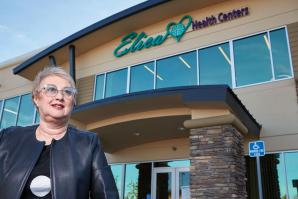
The Back Story: Back to the Beginning
Tatyana Bak is leading Elica Health Centers’ growth as CEO 30 years after helping to launch a clinic
Tatyana Bak was 29 years old, an émigré from the city of Odessa
in what was then the Union of Soviet Socialist Republics, when in
1989 she helped open a medical clinic that eventually evolved
into Elica Health Centers.
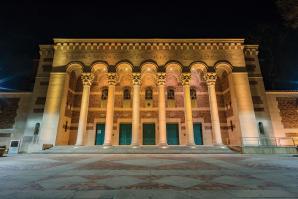
The Back Story: Sacramento Memorial Auditorium
Ninety-three years after opening, it’s ready for the future
While chronologically a relic, the Sacramento Memorial Auditorium
is anything but a fossil.
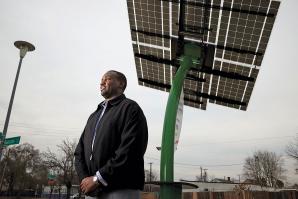
The Back Story: A True Utility Player
SMUD has become more than just a public utility
The Sacramento Municipal Utility District, which has served the
community for nearly 75 years, also became a social
services organization in 2018.
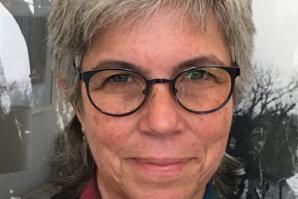
Back and Forward: Randy Roberts on the Evolution of Museums
Randy Roberts, deputy director of the Manetti Shrem Museum of Art, offers her insight into the essential role of museums as community organizations.



